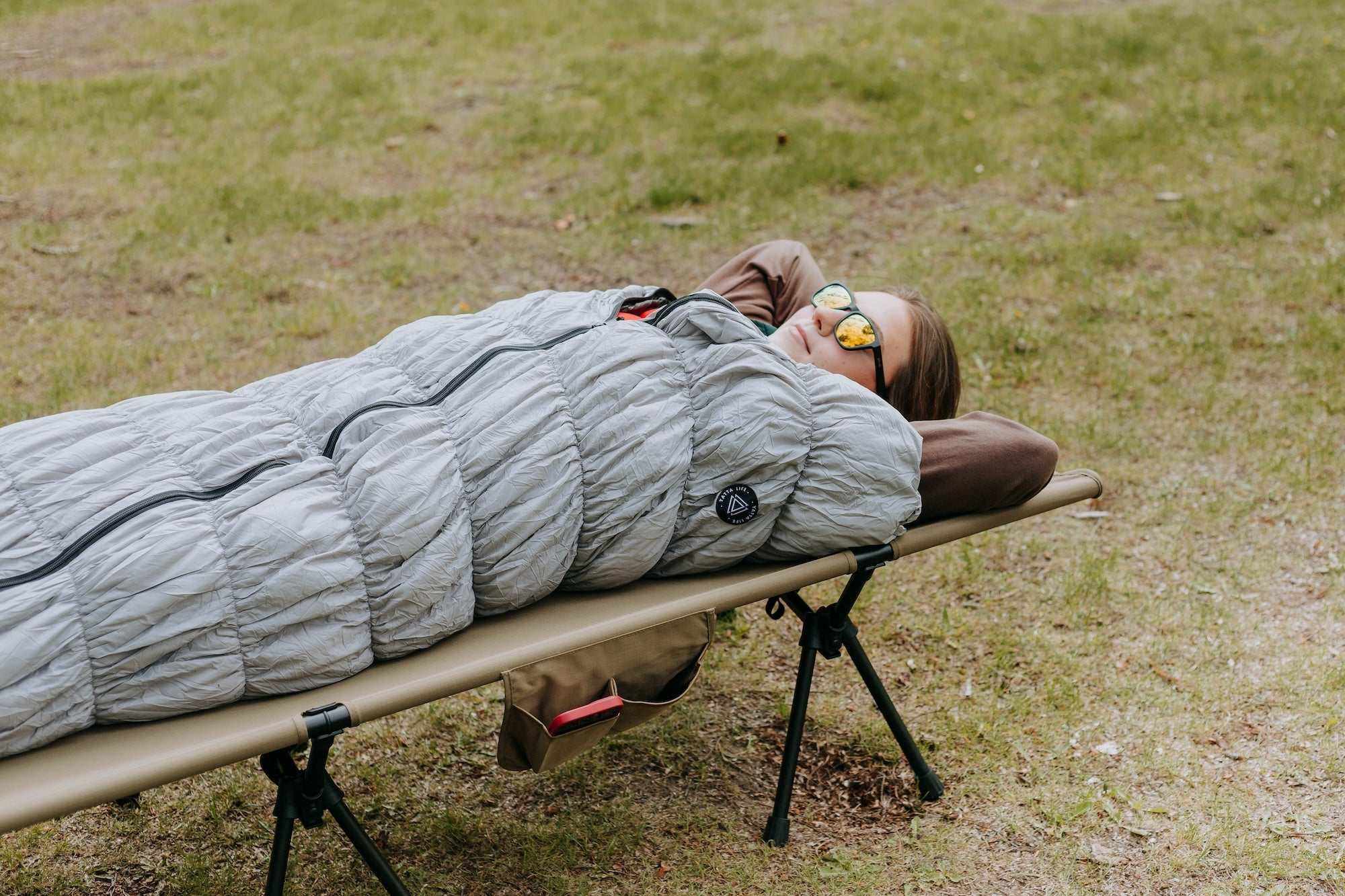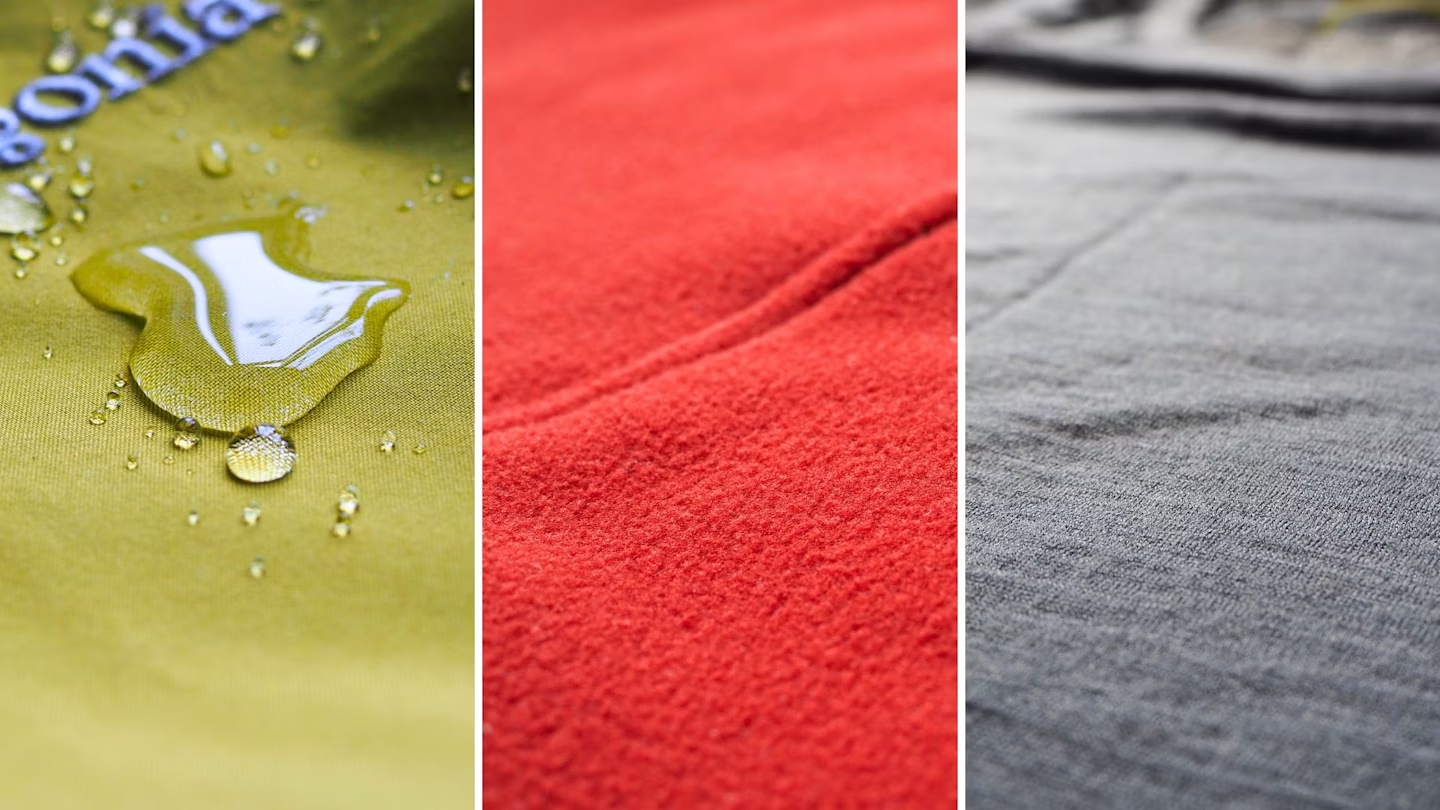In the world of outdoor exploration, adventuring with minimal gear has become a growing trend. With a focus on efficiency, weight-saving, and simplifying the experience, minimalist gear aims to strip down the essentials to their barest form. But when it comes to real-world, demanding outdoor adventures, can minimalist gear really hold up? Or is it just another passing trend suited for controlled environments or short day trips?
This article delves deep into the practicalities of minimalist gear in real-world adventures—whether it’s hiking through rugged terrain, backpacking across remote wilderness, or tackling a multi-day camping trip. We’ll explore the pros and cons, discuss different types of minimalist gear, and help you determine whether this gear is truly suited for the tough, unpredictable challenges that nature throws at us.
The Appeal of Minimalist Gear
At its core, minimalist gear is about reducing weight, complexity, and bulk. The philosophy behind it is simple: carry less, do more. For outdoor adventurers, this means carrying only the most essential gear to survive, stay comfortable, and complete the adventure without the extra pounds weighing them down. But what makes minimalist gear so appealing?
- Efficiency – The most obvious benefit of minimalist gear is its efficiency. Lighter loads allow adventurers to move faster, conserve energy, and go farther. Whether it’s a fast-paced hiking trip or a multi-sport adventure, less weight translates into more mobility and endurance.
- Simplicity – Minimalist gear is often less complex and more intuitive to use. Fewer moving parts and simpler designs reduce the risk of gear failures and make it easier to focus on the experience, rather than fiddling with complicated equipment.
- Freedom – Traveling light gives you the freedom to be spontaneous and adaptable. It allows you to make decisions on the fly without worrying about hauling extra equipment.
- A Sense of Achievement – For many minimalist adventurers, there’s also an emotional satisfaction that comes with mastering the art of packing light. Completing a challenging outdoor adventure with a bare-bones kit feels like an accomplishment in itself.
What Is Minimalist Gear?
Before diving into the realities of minimalist gear in the wild, it’s important to define what exactly qualifies as minimalist. Essentially, minimalist gear focuses on the essentials: items that are lightweight, compact, and versatile. Here are some examples of minimalist gear:

- Shelter: Lightweight tents or tarps, bivy sacks, and ultralight hammocks for shelter.
- Backpacks: Streamlined backpacks with minimalist designs, often made from durable, water-resistant materials.
- Sleeping Gear: Ultralight sleeping bags, down quilts, and compact sleeping pads.
- Cooking Equipment: Small stoves, lightweight cookware, and multi-use utensils.
- Clothing: Versatile, multi-purpose clothing that can be layered for different weather conditions.
- Tools: Compact knives, multi-tools, or all-in-one gear for versatility.
- Navigation: Lightweight maps, compasses, or compact GPS devices.
The key feature of minimalist gear is that each item serves multiple purposes or can be adapted for different uses. For instance, a high-performance jacket can serve as both an outer layer and a rain cover, while a small, portable stove might double as a way to boil water and prepare food.
The Pros of Minimalist Gear in Real-World Adventures
1. Lightweight and Versatile
One of the most compelling arguments for minimalist gear is its lightweight nature. Overloaded packs are often cited as the biggest barrier to enjoying long hikes or backcountry expeditions. Every extra pound you carry makes a noticeable difference in your stamina and endurance. Minimalist gear helps keep your load light, which means less fatigue and the ability to go further, faster, and for longer.
A well-designed minimalist shelter, such as a tarp or bivy sack, takes up very little space and weighs next to nothing. The same can be said for ultralight sleeping bags and compact cooking gear. These innovations allow you to carry everything you need without feeling burdened by unnecessary weight.
2. Reduced Complexity
Many seasoned adventurers have learned that simpler gear tends to be more reliable. Minimalist gear typically has fewer moving parts, which reduces the risk of malfunction. You don’t have to spend time adjusting complicated tents or dealing with malfunctioning stoves. Instead, the simplicity of the gear lets you focus on the task at hand: enjoying the adventure.
This reliability extends to the durability of minimalist gear as well. Products are often made with high-performance materials that are designed to withstand extreme conditions—materials like Dyneema, titanium, and carbon fiber. These are not only lightweight but highly durable.
3. Flexibility and Adaptability
When traveling light, you’re more adaptable to changing conditions. A minimalist setup allows you to change your plans quickly without worrying about extra gear. If you’re forced to take an alternate route or change your plans due to weather conditions, being minimalist allows you to move nimbly and respond to unforeseen challenges.
Take, for example, a minimalist sleeping bag and a tarp shelter. While these may not offer the full luxury of a large tent, they can quickly be set up in almost any environment, from dense forests to rocky alpine slopes. The combination of lightweight shelter and sleeping bag is often all you need to get a good night’s rest, even when the weather or terrain is unpredictable.
4. Minimal Maintenance
Minimalist gear tends to be easier to maintain. With fewer parts to look after and more robust materials, it’s less likely that something will break down on the trail. If your stove or tent requires maintenance, it’s often a matter of simple repairs, which can be done with a few basic tools.
For example, a tarp requires minimal maintenance compared to a more complex tent system. A simple repair kit for your stove or sleeping pad is usually all you need to keep everything functioning in the field.
The Cons of Minimalist Gear in Real-World Adventures
Despite the many advantages of minimalist gear, there are a few drawbacks to consider, especially when faced with the unpredictable and often harsh conditions of real-world adventures.

1. Comfort Sacrifices
One of the most significant trade-offs of minimalist gear is comfort. While you may save weight, you may also have to sacrifice certain luxuries. A lightweight sleeping pad or sleeping bag might not offer the same warmth or comfort as a heavier alternative. Similarly, lightweight shelters like tarps or bivy sacks are often less protective from wind, rain, and cold compared to traditional tents.
This is especially true in harsher environments. A minimalist shelter might not keep out blowing snow or heavy rain, and a thin sleeping bag might not provide enough insulation in freezing conditions. For multi-day trips in unpredictable or extreme weather, these limitations can be problematic. For those who value comfort, minimalist gear may not always be the best choice.
2. Limited Space and Protection
Minimalist gear usually sacrifices space, which can make it harder to store all your gear. For example, a minimalist tent or tarp provides little to no room for extra gear storage or for relaxing comfortably during bad weather. In a traditional tent, you can spread out your gear and have a place to retreat if the weather turns. In a minimalist shelter, you’re more likely to be cramped and exposed.
Additionally, minimalist shelters often provide less protection from insects, wildlife, or the elements. This might not be a big issue for short, warm-weather trips, but for longer or more remote expeditions, the lack of protection can be dangerous or uncomfortable.
3. Potential for Overpacking
Minimalist gear, if not carefully selected and balanced, can lead to overpacking. In the pursuit of packing light, adventurers may overestimate their ability to go without essential items, such as extra layers for warmth, a more reliable stove, or a well-designed emergency shelter. What starts as minimalist gear can quickly become inadequate in challenging real-world conditions.
Furthermore, minimalist gear is often designed for experienced adventurers who know exactly what they need. Novices may struggle to determine what’s necessary versus what’s unnecessary, leading them to either overpack or underpack for the adventure.
4. Limited Specialization
While minimalist gear is versatile, it is not always specialized. A multi-use tool or versatile jacket might not perform as well in a specific situation compared to a dedicated piece of gear. For example, a lightweight stove may not boil water as quickly or reliably as a more robust model, and a multi-purpose jacket may not offer the same insulation as a purpose-built cold-weather coat.
On long expeditions where you need every tool or piece of equipment to perform optimally, minimalist gear might not always cut it.
Can Minimalist Gear Handle Harsh Conditions?
When it comes to harsh and extreme conditions—such as snow, rain, intense heat, or high-altitude environments—minimalist gear can sometimes fall short. While lightweight and compact, these pieces of equipment are not always designed to withstand severe or prolonged exposure to the elements. It’s crucial to assess the environment in which you’ll be adventuring and decide if minimalist gear is truly up to the task.
For short, warm-weather trips or moderate conditions, minimalist gear can absolutely hold up. However, for more extreme adventures—like winter mountaineering, desert trekking, or navigating dense, wet forests—more specialized gear may be necessary.
Final Thoughts: Is Minimalist Gear Right for You?
Ultimately, whether minimalist gear can hold up in real-world adventures depends on several factors: the nature of the adventure, the weather conditions, your experience level, and your comfort preferences. If you’re planning a short, lightweight, and fast-paced trip, minimalist gear can be a game-changer. But if you’re embarking on a challenging, multi-day expedition in extreme conditions, it might be worth considering a more specialized approach.
The key to success with minimalist gear lies in balancing weight-saving with functionality. Choose wisely, pack thoughtfully, and understand the limitations of each piece of gear. By doing so, you can enjoy a lightweight, streamlined experience without compromising on safety or performance.























